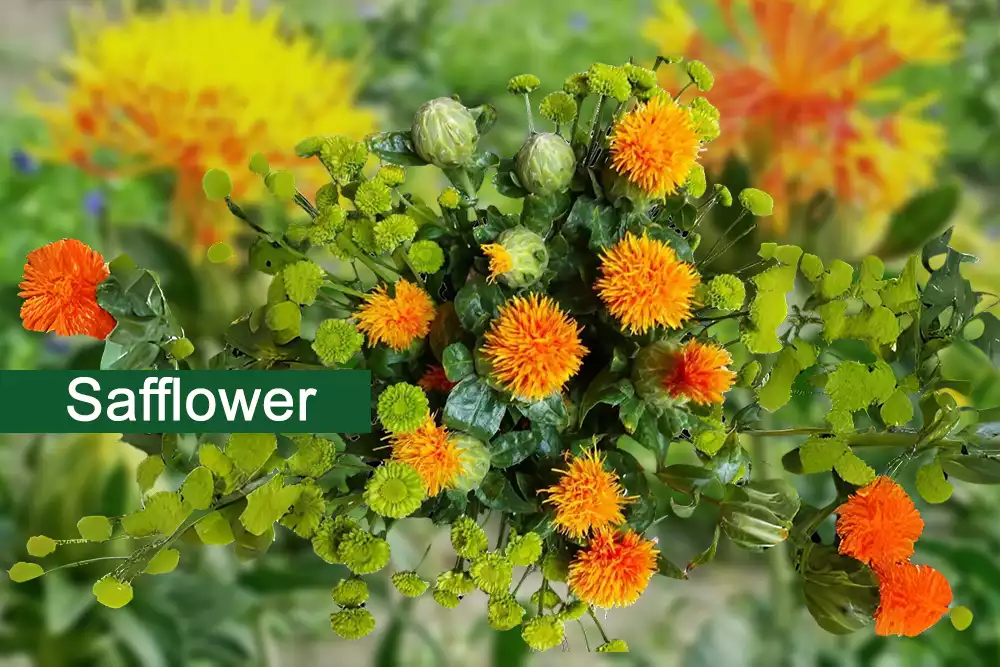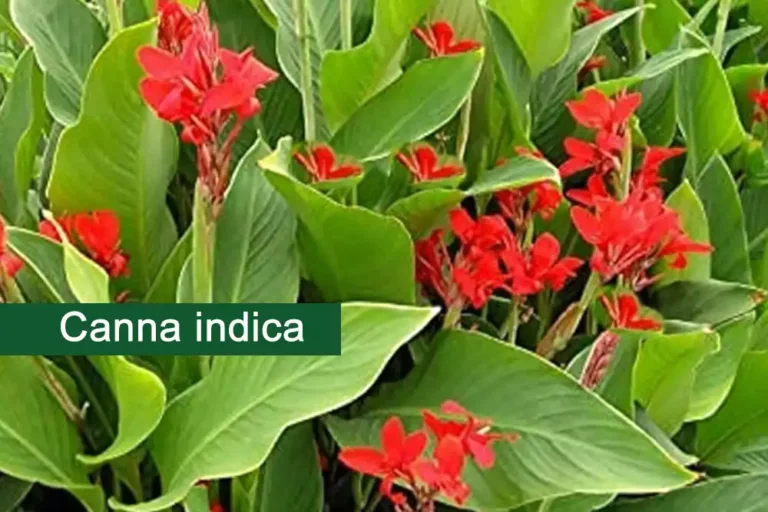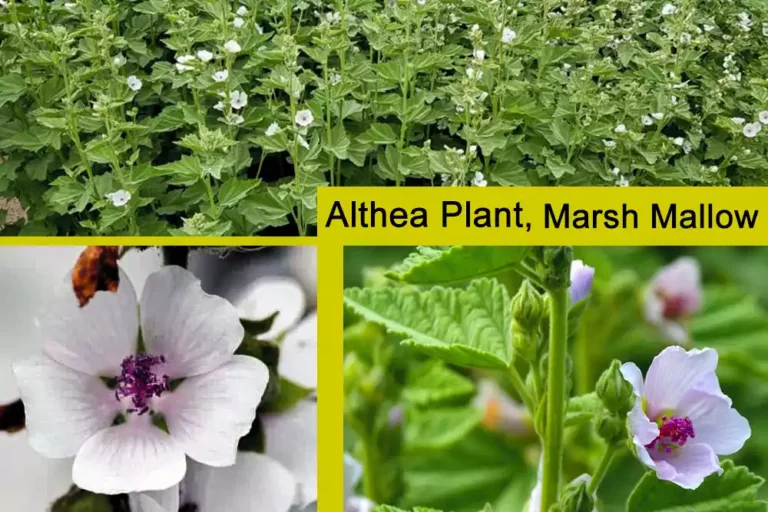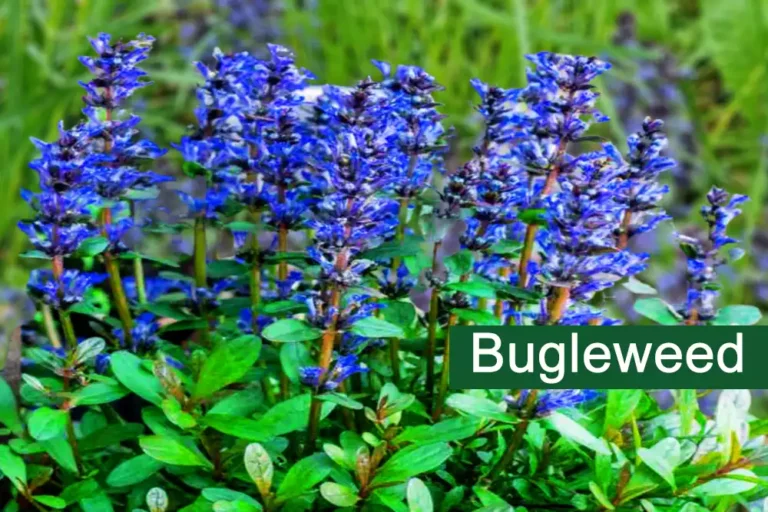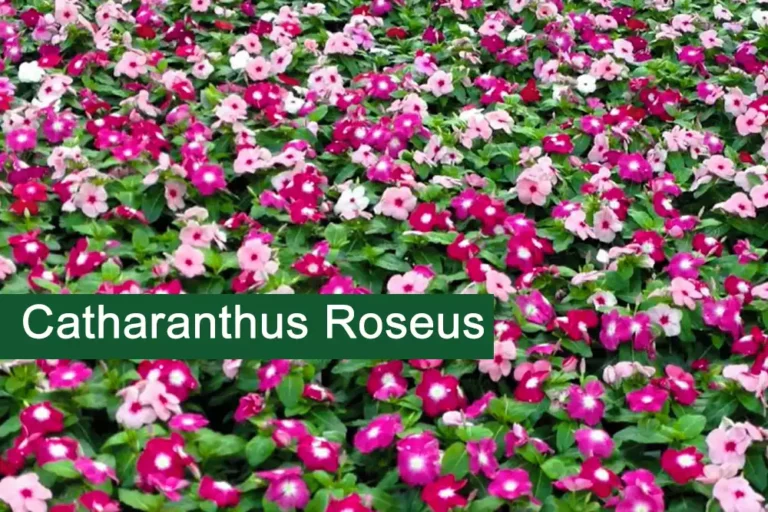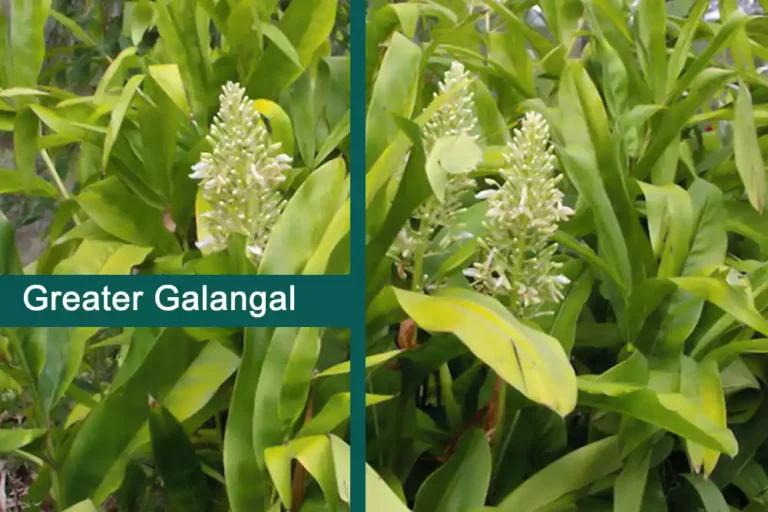False Saffron Plant (Safflower) Medicinal Uses, And Benefits
False Saffron Plant is also known as the Carthamus tinctorius, Safflower, and in Urdu Kusumba plant. Find out its medicinal uses, benefits, how to identify and grow it, and its traditional and international uses.
False Saffron Overview
| Botanical Name | Carthamus tinctorius |
| English Name | False saffron, Safflower |
| Urdu Name | Kusumba plant |
| Common Name | Safflower, false saffron |
| Family | Asteraceae |
| Habit | Annual herb |
| Part Used | Seed and flowers |
| Medicinal Plants | Explore |
False Saffron (Carthamus Tinctorius) Plant
It is an annual thistle-like herb, coarse, branching above with a strong central stem to 1.5 m tall; leaves spiny, oblong or ovate-lanceolate, waxy, the upper ones clasping, minutely spinose-toothed; flowers in 1-5 heads per plant and commonly brilliant yellow, orange or red flowers.
Each head developing 15-50 seeds; corollas yellow, orange, white or red, surrounded by a cluster of leafy spiny bracts, which pass over gradually into the bracts of the involucre; achenes (fruits or seeds) white, shining.
Distribution of False Saffron
Originally from southern Asia. It is cultivated in Italy, France, Spain, and America, China, India, Persia and Egypt. It is cultivated in Pakistan.
Medicinal Uses of False Saffron
Folk Use
Flowering heads are used as condiments, and also used for fever and cough. In domestic practice, the flowers are used as a substitute or adulterant for saffron in treating infant’s complaints such as measles, fevers and eruptive skin complaints. Externally, they are applied to bruising, sprains, skin inflammations and wounds etc.
Tib (Traditional Islamic Medicine) Uses
Seed with honey are effective against respiratory catarrhal affections; keep the throat clear of phlegm and mucus, also helpful for relieving hoarseness of voice. Oil is useful remedy in application for itch, also applied on painful joints and to heal sore. It is used for perspiration and hysteria.
International Use
Seeds are used for tumors, especially inflammatory tumors of the liver. Flowers considered diaphoretic, laxative, sedative and stimulant. In China, prescribed as uterine astringent in dysmenorrheal. In Iran, the oil is used as a salve for sprains and rheumatism and sores. The flowers and seed act as concoctive in asthma, bronchitis, abdominal dropsy and spasmodic pain. Hot infusion of dried flowers is given as a diaphoretic in jaundice, nasal catarrh and muscular rheumatism. Cold infusion of flowers is effective as a laxative and tonic in measles and to help rise the eruption in certain fever of epidemic type.
Culinary Use
It is used mainly as a cooking oil, in salad dressing, and for the production of margarine. Safflower flowers are occasionally used in cooking as a cheaper substitute for saffron. Tender shoots eaten as a salad and potherb. Seeds are both edible and nutritious, are eaten roasted or fried and used in chutney.
Constituents of False Saffron
It contains oil, protein, fat, carbohydrate, fiber, ash, calcium, phosphorus, iron, beta-carotene, thiamine, riboflavin, niacin, ascorbic acid, myristic, palmitic, stearic, arachidic, oleic, linoleic acids and carthamin.
Climate and Growth Conditions
- Climate: Alpine Mediterranean regions.
- Temperature: Max: 38°C, Min:-2°C
- Rainfall: 270-750 mm/year
- Soil: The plant prefers light sandy, medium loamy and well drained soil.
- pH Range: 5.4-8.2
- Reproduction: By seeds.
FAQs
What is False Saffron used for?
False Saffron also known as Safflower, Saffron is a cheaper alternative to Saffron in cooking and as a natural food coloring. It’s also used in traditional medicine.
What is safflower called in India?
In India, Safflower is known as Kusumba, Kardi Oil.
What is another name for safflower?
Another name of Safflower is False Saffron.
Is safflower oil good or bad?
Safflower oil is generally good due to its health benefits but it depends on the context (cooking, cosmetics, etc).
Disclaimer:
All images used in this post are from Google Images and Credit goes to their respective owners.

